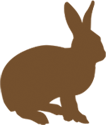
Working forests preserve our
WILDLIFE
by protecting their
HABITAT
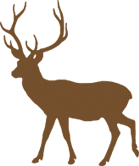
Where do different animals make their homes in the forest?
All forests have four unique layers – the subfloor, the forest floor, the understory, and the canopy. Wildlife thrives in every one of those zones – deer, elk, black bears, beavers, bats, salamanders, salmon, and frogs are just a tiny number of the hundreds of animal species living in these areas.
Scientists and private landowners work together to research how working forests can best sustain habitat for the animals living there at the same time that trees are grown and harvested for forest products. Every year, this teamwork produces more knowledge about how these animals are a big part of making forests as healthy as they can be.
Watch the video below. Kelly Stanley will give you a fun video tour through the forest layers. Look and listen and Kelly will teach you about where all of the critters live.
Try these activities:
- Look at photos of a forest and look for the layers
- If you take a hike, see if you can see the layers of the forest.
- Write a story about your favorite tree.
- Draw the layers of a forest.
explore the forest layers
test your knowledge
did you know?
Pacific Northwest salmon spend a very important part of their lives in streams that run through forests.
Pacific salmon species are a cultural icon for Washington and the Pacific Northwest and forestland streams are a critical part of their habitat.
There are several types of wild salmon in our region, but they all share a common life story. Young salmon are born in lakes that flow into streams and rivers – often waters that run through working forests – which they must travel to reach the sea. Salmon spend their lives in the sea, and when they become adult salmon they return to the very same place they were born. The final act is to spawn a new generation of young salmon before they die.
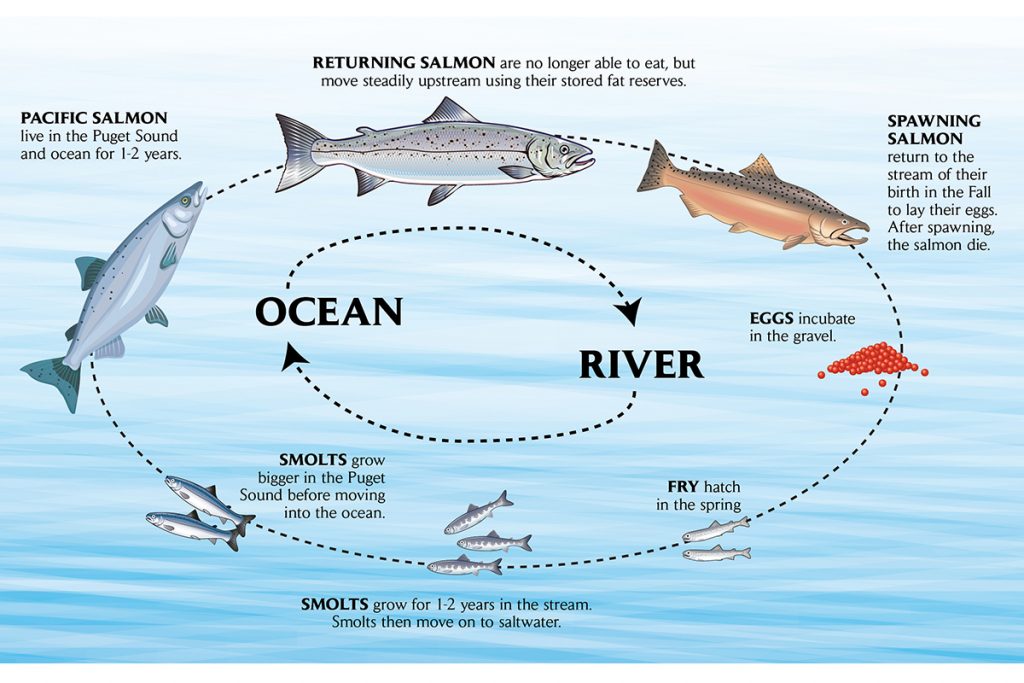
If the salmon are prevented from making their life’s journey – to the sea and back again – they cannot spawn a new generation of young salmon. Private foresters work together with scientists and engineers to remove any barriers that might block salmon from completing this life-sustaining journey. They also spend extra time designing the roads winding through forests and bridges that cross streams to make sure that these things do not create new barriers.
Elk and deer live on timber harvest sites where replanting is happening.
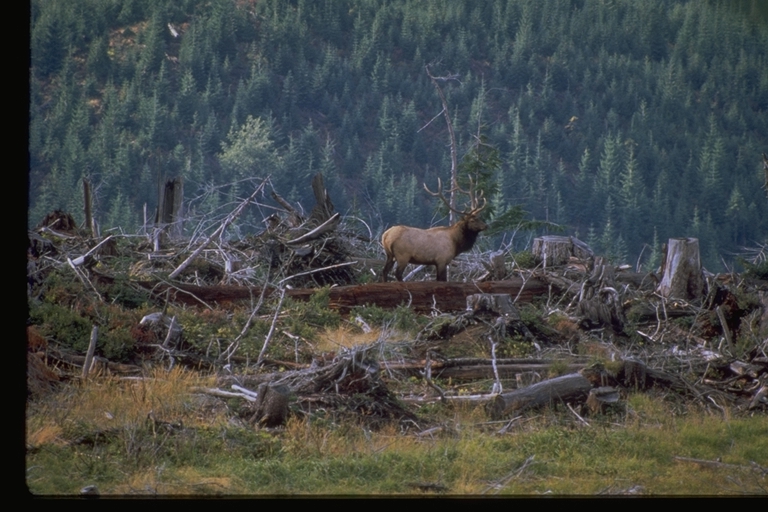
It might surprise you to learn that Washington’s deer and elk populations thrive in young forests, especially in areas recovering from a wildfire or where timber has recently been harvested. The open landscape allows smaller plants to grow — those are great food that big mammals like deer and elk love to eat.
What’s more, scientists have spent time watching deer and elk herds and now know that they prefer living near the edges of a forest, rather than deep inside. Those edges are created temporarily by harvesting methods commonly used by foresters.
Let's not forget about the amphibians!
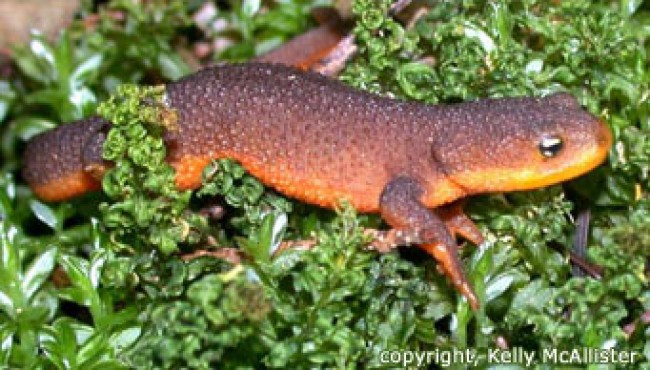
Amphibians are animals that live both on land and in water, and there are at least 26 species of amphibians living in Washington state. Many of them can only be found here in the Pacific Northwest.
Twenty-six species of amphibians from salamanders to frogs live in Washington State. Many of these amphibians are unique to the Pacific Northwest. Because amphibians require both land and water habitat to live, Washington’s streams and rivers are vital for their existence. To help, foresters protect buffer zones — strips of land right next to a stream where trees and other plants are never touched — that surround streams. Buffer zones preserve habitat needed for amphibians. The buffers also create shade that keeps stream temperatures cool.
One special creature helped by this is the Pacific treefrog — the smallest but most commonly seen and heard frog in Washington. In the more moist areas of the state, the treefrog and red-legged frog are prominent, while in dry areas the spotted frog is more common. For adult Pacific treefrogs to survive, they need different types of habitat. In breeding season from February through July, treefrogs live in ponds, swamps, and roadside ditches. Other months, they live in woodlands, meadows, pastures and gardens.
wildlife detective
Do you have what it takes to become a Wildlife Detective?
What is the “candy” that can tell you if deer might be nearby? What critter has green blood? What does it mean when a tree gets cavities? (Hint: It doesn’t mean it has to see the dentist.)
Watch and listen as Kelly guides you through a totally new way of experiencing the forest.
Try these activities:
- Post a photo of wildlife in the forest.
- If you take a hike, see if you can observe the signs of wildlife in the forest.
- Write a story about wildlife in your backyard or neighborhood.
- Research the bird calls or songs of forest wildlife, see if you can identify them.